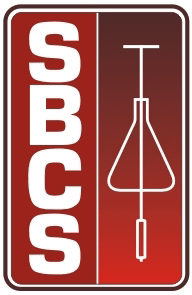The boron supply to plants can be accomplished by the soil, by foliar application or by treatment of the seeds. Seed treatment advantages are: application uniformity, readiness for plant use and reduction of the application costs. Theoretically, the initial reserve of boron can be increased by application in the seeds. However, high boron concentrations close to the seeds interfere with germination. The objective of this experiment was to evaluate the germination of seeds treated with increasing doses of B and to estimate the maximum dose that can be applied to the seeds without affecting the germination and the initial development of corn seedlings. In the first experiment, the treatments of seeds were constituted by doses of 0; 1; 2; 3 and 4 g kg-1 boron. Starting from the results obtained in this experiment, the second experiment was defined with the treatments of seeds with doses of 0.00, 0.05, 0.10, 0.20 and 0.30 g kg-1 .The results indicated that seeds which did not receive boron had 96% germination of 5 days after the planting. However, the seeds treated with doses above 0.04 g kg-1 of boron decreased their initial development. Those effects were more accentuated with the increase in the doses of boron. The dose 4 g kg-1 boron caused toxicity to the seeds, which did not germinate. Boron concentration superior to 300 mg kg-1 provided plants with visual symptoms of boron toxicity, characterized by a rosy coloration leading to pale coloration of the seedlings.
micronutrient; seeds
